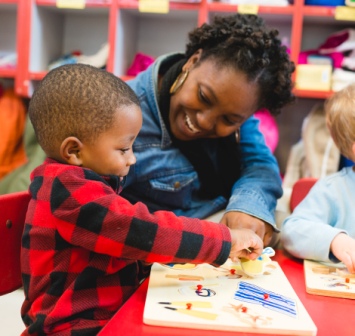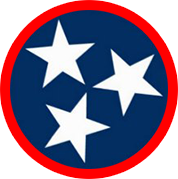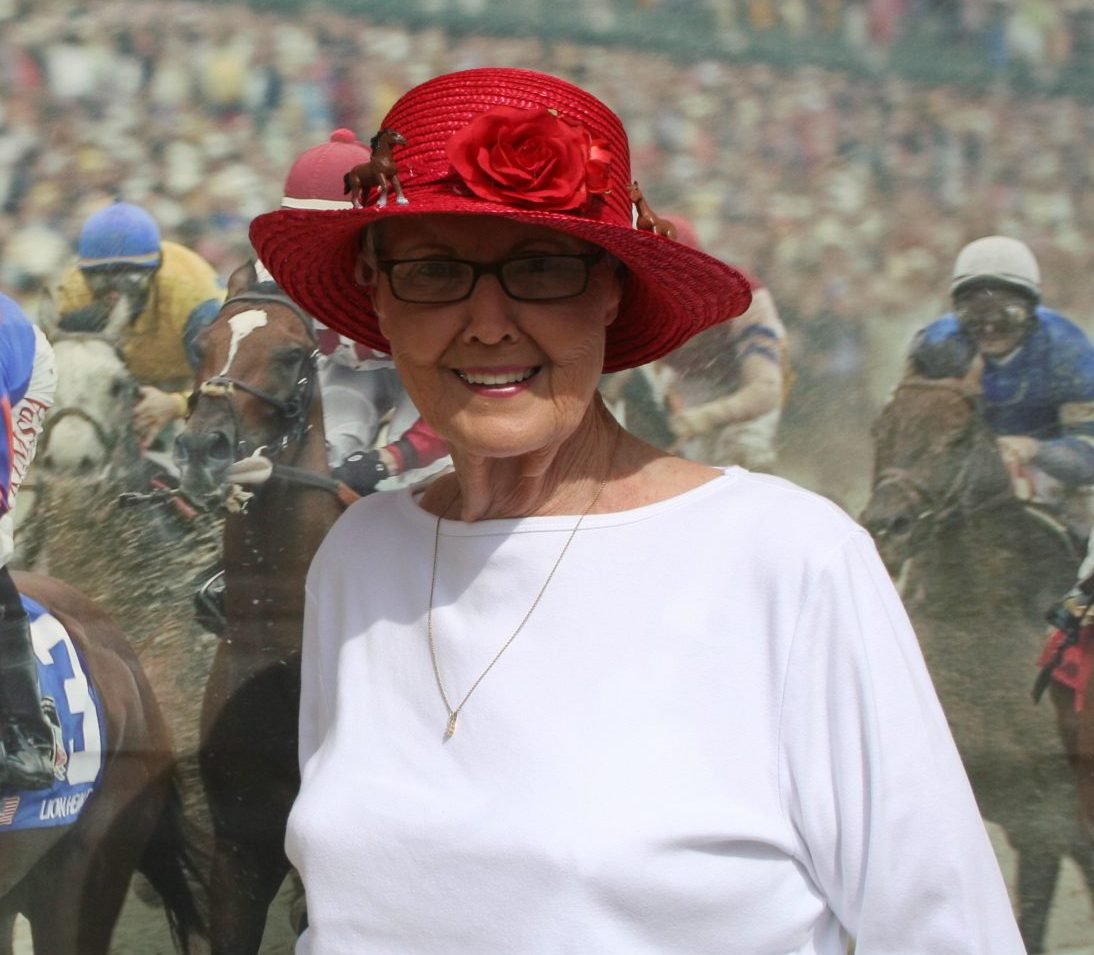Ages 3 To 4 years
Below are the program goals for children in our Young Preschool Program. Generally by the end of this stage, children may be able To do the following:
- Emotional Development
- Assist with dressing self
- Follow staff directions concerning daily routines
- Assist staff and other children with daily housekeeping skills
- Help care for toys and equipment and be able To put them in their proper place, some of the time
- Assist in the care of own possessions and those of the group
- Handle working alone, in small groups or in large groups, some of the time
- Follow staff directions during events with some reminders
- Learn new routines or changes in routines with some reminders
Social Development & Living
- Cooperate as a member of the group, most of the time
- Share toys and equipment, some of the time
- Identify family members and distinguish between other adults and children
- Participate in simple group play and activities
- Play alongside other children
- Learn about some activities appropriate for a major holiday celebration
- Identify some community workers and what they do
Physical Development / Gross Motor
- Perform simple motor tasks including walking, running, jumping and hopping
- Walk a balance beam forward with minimal adult assistance
- Throw a large ball at a target
- Be able To bounce and catch a large ball
- March and move freely To music
- Use large muscle equipment (e.g. tricycles and climbing apparatus, etc.)
- Participate in simple games (e.g. Duck, Duck, Goose, etc.)
- Stand on one foot
Fine Motor
- String large beads
- Draw a circle
- Stack at least seven small objects
- Carry at least two objects at a time
- Use appropriate grasping skills when working with crayons
- Assemble a 4-8 piece puzzle
Cognitive Development / Concept Development
- Identify primary colors: red, blue and yellow
- Identify a circle, square and triangle
- Determine comparative sizes in terms of big and little
- Match three objects To corresponding objects or one dimension (e.g. size or shape)
- Follow a two-sequence direction
Language Development
-
- Recognize and say first and last name
- Recognize first name in print
- Recognize first and last name of three other children and the caregiver’s name
- Use short simple sentences in conversation
- Express needs and ask questions
- Respond correctly when asked To identify familiar persons or objects, most of the time
- Repeat simple finger plays, poems and nursery rhymes
- Pronounce words accurately
- Listen briefly To other children
- Use facial expressions and gestures To express an idea or feeling and identify these in pictures, some of the time





